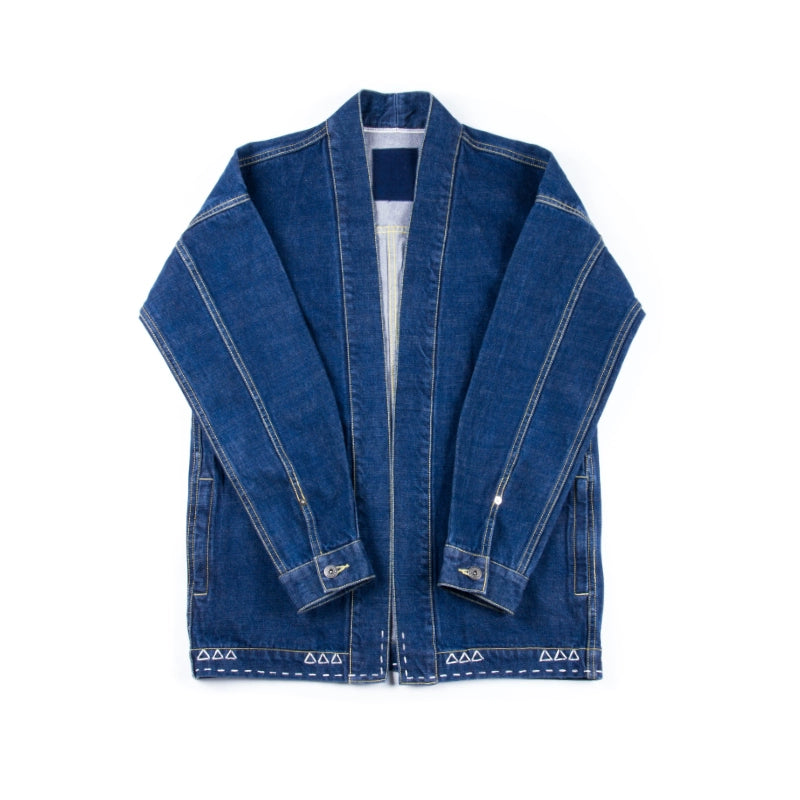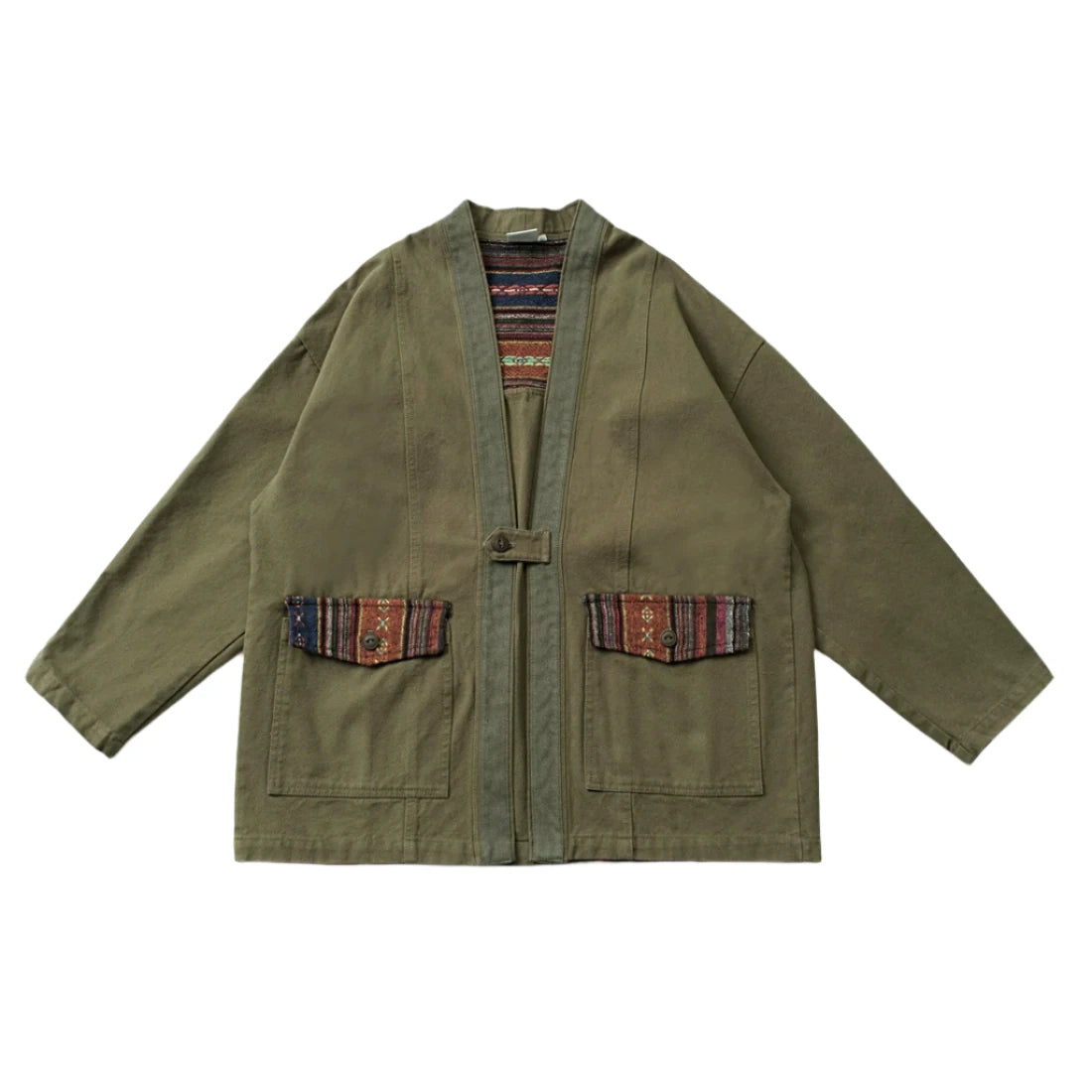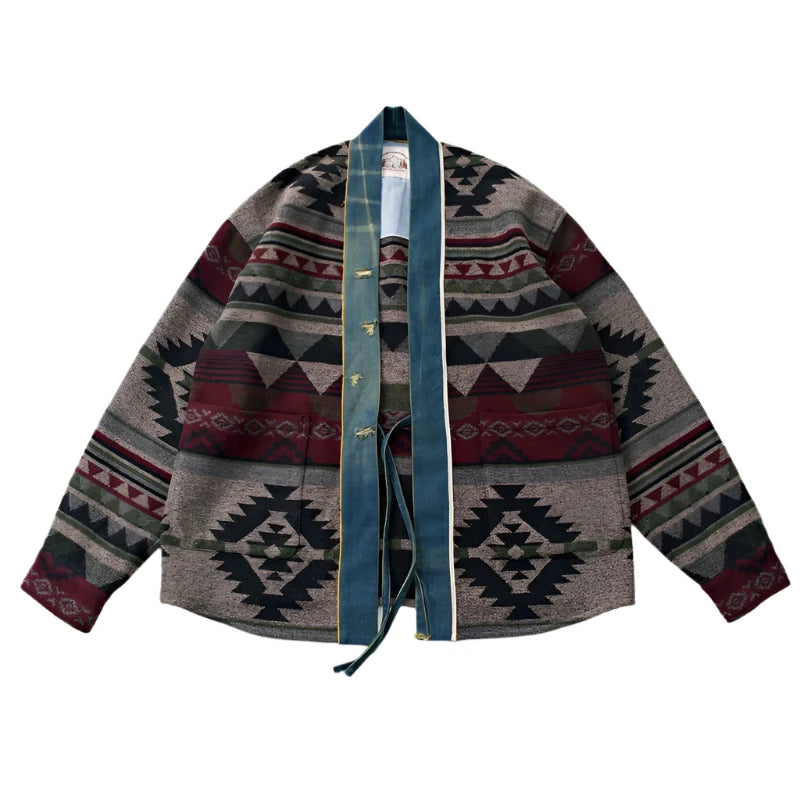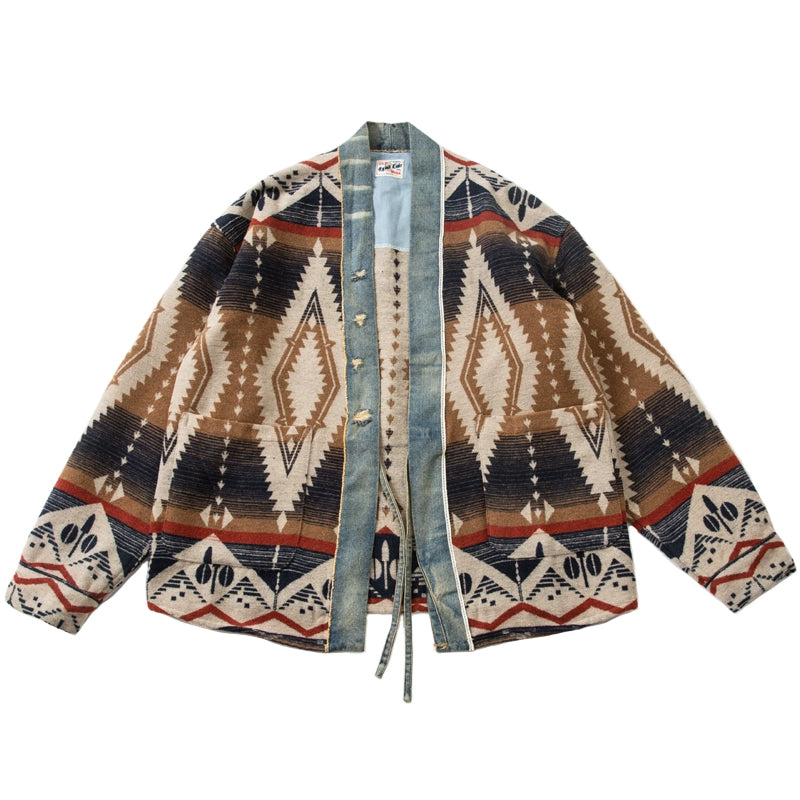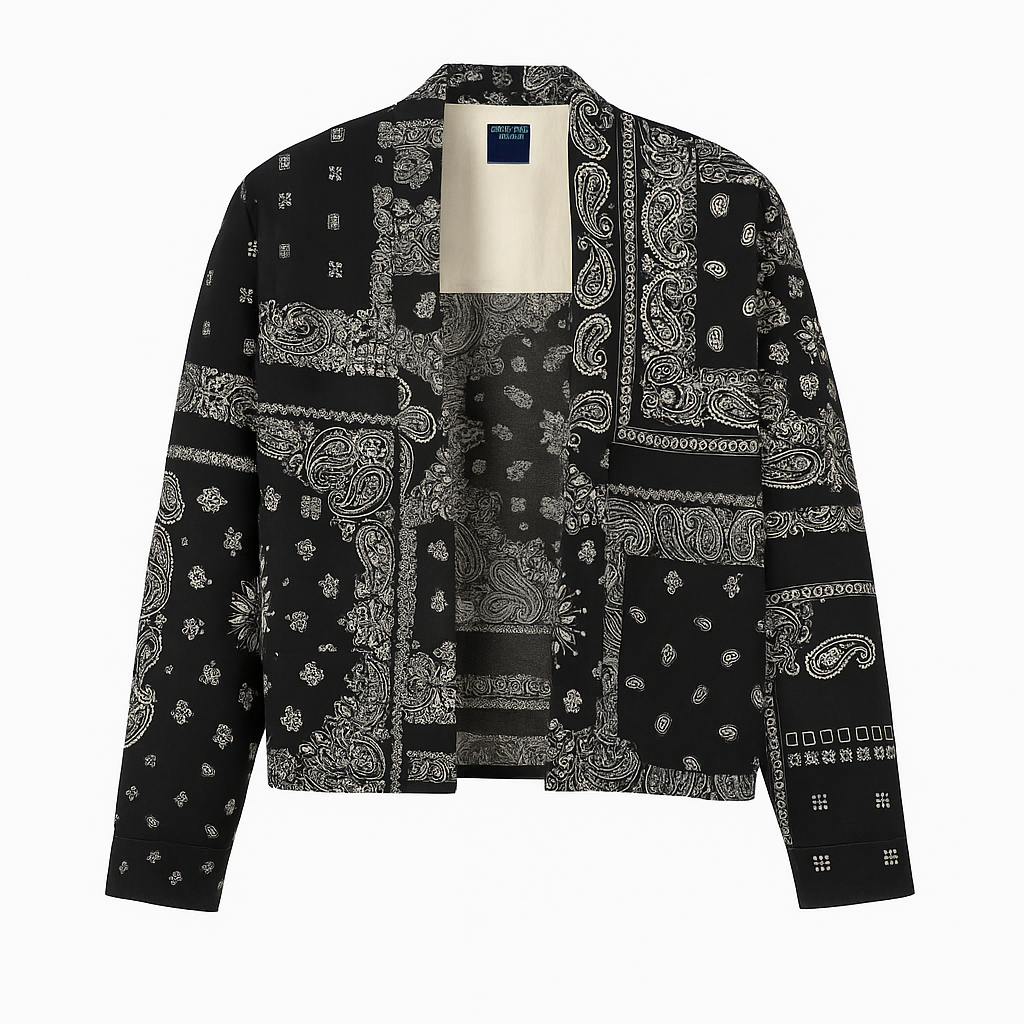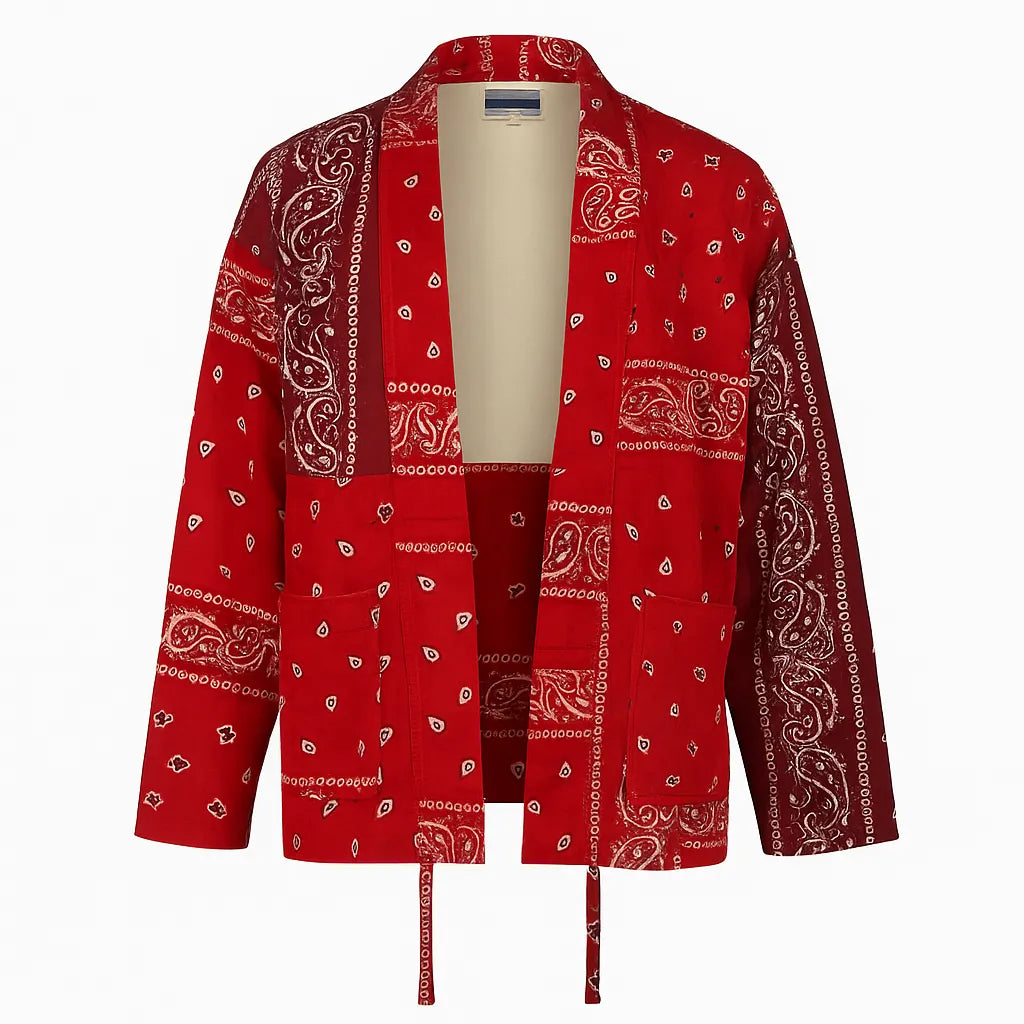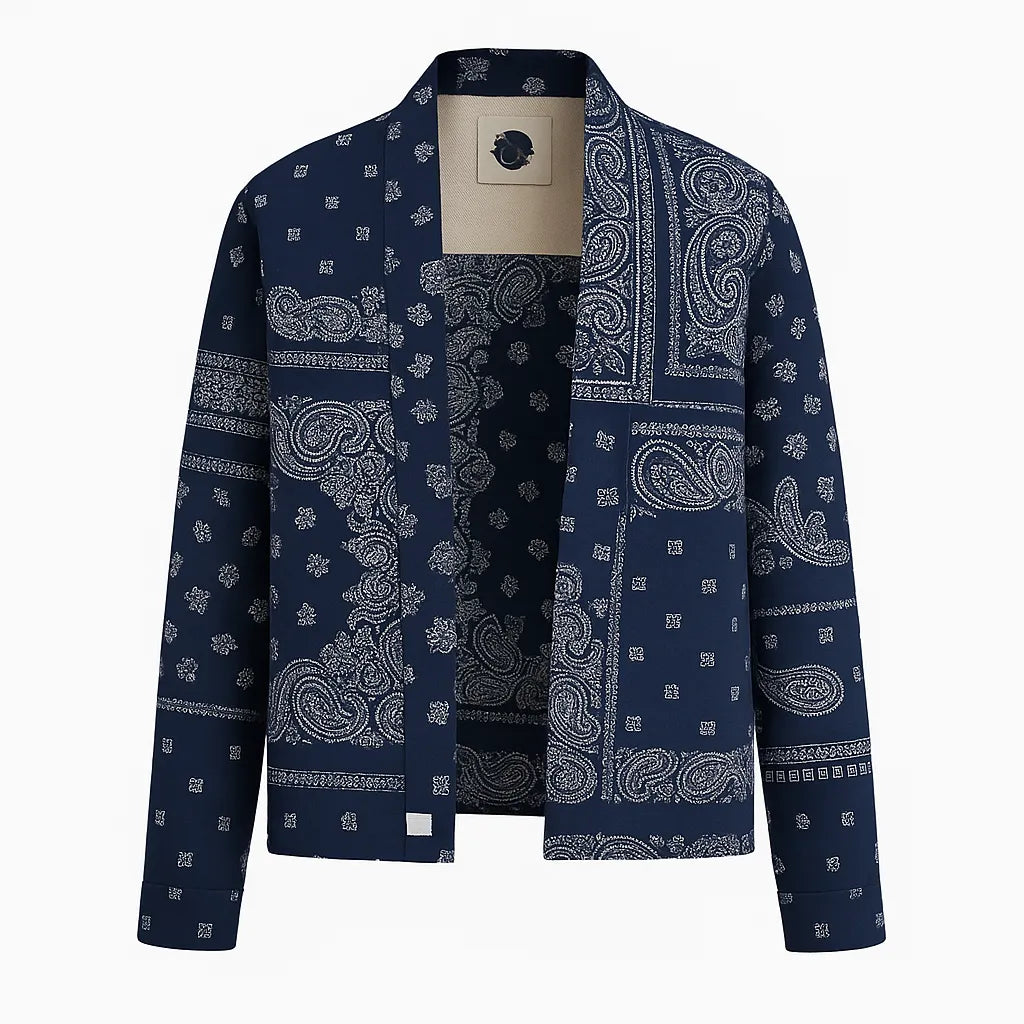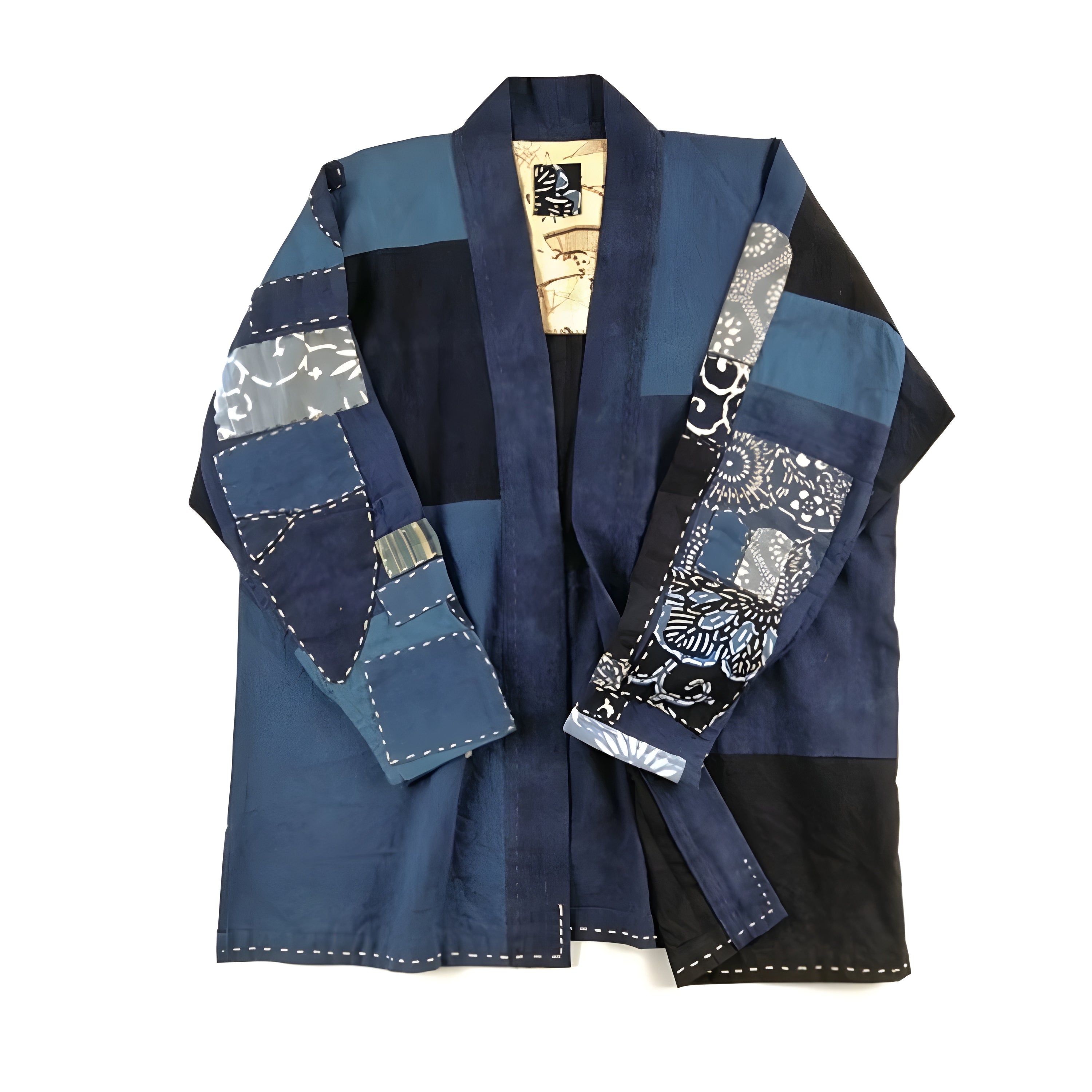Japanese Streetwear Hoodies: The Ultimate Style Guide for 2024
Japanese streetwear has revolutionized the global fashion scene with its unique blend of comfort, style, and cultural elements. I've watched as Japanese-style hoodies, in particular, have emerged as iconic pieces in the streetwear movement, combining impeccable craftsmanship with minimalistic designs that capture the essence of modern urban fashion.
What makes these hoodies truly special is their versatility and attention to detail. Drawing inspiration from traditional Japanese garments while embracing contemporary aesthetics, they feature clean lines and high-quality materials that effortlessly bridge the gap between casual comfort and fashion-forward style. Whether you're looking for an oversized silhouette or a slim-fitting design, Japanese streetwear hoodies have become the go-to choice for fashion enthusiasts seeking that perfect balance of function and urban edge.
The Evolution of Japanese Streetwear Hoodies
Japanese streetwear hoodies emerged in the 1980s as a fusion of American casual wear and Japanese design sensibilities. Japanese designers transformed basic cotton sweatshirts into fashion statements through innovative cutting techniques and unique fabric combinations.
Key developments in Japanese streetwear hoodies include:
- Integration of traditional motifs like kanji characters dragon designs koi fish patterns
- Introduction of oversized silhouettes inspired by workwear aesthetics
- Adoption of technical fabrics including moisture-wicking materials weather-resistant blends
- Implementation of asymmetrical designs kimono-inspired closures layered elements
The design elements evolved to include:
- Minimalist color palettes focusing on black white gray tones
- Hand-drawn artwork screen-printed graphics Japanese typography
- Premium construction methods including flatlock seams reinforced stitching
- Functional details like hidden pockets thumb holes adjustable drawstrings
Contemporary Japanese streetwear hoodies feature:
- Sustainable materials including organic cotton recycled polyester
- Technical innovations in fabric treatments special dying processes
- Collaborative designs merging streetwear with high fashion elements
- Cultural references incorporating anime manga traditional art motifs
| Period | Design Focus | Key Features |
|---|---|---|
| 1980s | Basic designs | Cotton materials simple graphics |
| 1990s | Technical elements | Functional fabrics utility pockets |
| 2000s | Artistic expression | Custom artwork detailed prints |
| 2010s+ | Sustainability | Eco-friendly materials innovative blends |
The transformation of Japanese streetwear hoodies continues through experimental designs advanced manufacturing techniques innovative fabric technologies. Each evolution builds upon traditional craftsmanship while incorporating modern fashion trends cultural elements.
Key Design Elements
Japanese streetwear hoodies feature distinct design elements that set them apart in the fashion landscape. These elements combine cultural authenticity with modern aesthetics to create unique garments.
Graphic Prints and Artwork
Japanese streetwear hoodies showcase intricate graphic designs that draw from diverse cultural sources. The prints include kanji characters, ukiyo-e art reproductions, anime illustrations, traditional patterns like seigaiha waves. Contemporary artists collaborate with brands to create limited-edition designs featuring hand-drawn artwork, geometric patterns, abstract compositions.
Oversized Silhouettes
The oversized fit stands as a signature element of Japanese streetwear hoodies. These silhouettes incorporate:
- Drop shoulders extending past natural shoulder lines
- Extended sleeves reaching past wrist points
- Boxy torso cuts allowing layered styling
- Elongated hemlines falling below hip level
- Roomy hood constructions creating dramatic draping
Quality Materials
Japanese streetwear hoodies utilize premium textiles that enhance both comfort and durability:
| Material Type | Characteristics | Common Applications |
|---|---|---|
| French Terry | Moisture-wicking, breathable | Inner lining |
| Heavyweight Cotton | Dense, structured feel | Outer shell |
| Technical Fleece | Temperature regulation | All-season wear |
| Organic Cotton Blend | Sustainable, soft texture | Base material |
These materials undergo specialized treatments like garment washing, enzyme processing, brushing techniques to achieve specific textures and comfort levels. Reinforced stitching methods ensure durability at stress points while maintaining the garment's distinctive drape.
Popular Styles and Trends
Japanese streetwear hoodies showcase distinctive style elements that reflect contemporary fashion preferences. These trends blend traditional Japanese aesthetics with modern streetwear sensibilities.
Minimalist Designs
Minimalist Japanese hoodies emphasize clean lines with monochromatic color schemes in black white or gray. The designs feature subtle details like tonal stitching small logo placements geometric patterns or understated kanji text. Premium brands like MUJI UNIQLO incorporate essential design elements:
- Hidden kangaroo pockets with clean seams
- Ribbed cuffs without visible elastic
- Seamless hood construction
- Tonal drawstrings matching the fabric
- Matte finish fabrics without excessive texture
Retro-Inspired Looks
Vintage Japanese streetwear influences create distinctive retro-styled hoodies that reference 80s-90s fashion. These designs incorporate nostalgic elements:
- Color blocking in bold vintage palettes
- University-style typography in Japanese
- Oversized logos inspired by old Japanese brands
- Distressed washing techniques
- Retro anime character prints
- Faded pastel colorways
- Raw edge details reminiscent of worn garments
Key vintage-inspired brands like BAPE Fragment Design integrate throwback elements with modern construction techniques. The silhouettes maintain oversized proportions characteristic of classic Japanese streetwear while incorporating contemporary fabric technologies.
| Minimalist Palette | Retro Palette |
|---|---|
| Black | Washed Red |
| Stone Gray | Faded Blue |
| Pure White | Vintage Purple |
| Navy | Pastel Pink |
| Charcoal | Sun-bleached Yellow |
How to Style Japanese Hoodies
Japanese hoodies create versatile streetwear looks through strategic layering and carefully selected outfit combinations. These styling approaches enhance the unique design elements of Japanese streetwear while maintaining comfort and authenticity.
Layering Techniques
Layering Japanese hoodies starts with a base layer of fitted t-shirts or long-sleeve shirts.
- Pair thin cotton undershirts with heavyweight hoodies for temperature regulation
- Layer cropped hoodies over extended length t-shirts for depth contrast
- Add light technical jackets over slim-fit hoodies during transitional weather
- Combine turtlenecks under zip-up hoodies for elevated casual looks
Streetwear Combinations
Japanese hoodies integrate seamlessly with core streetwear pieces for cohesive outfits.
- Match oversized hoodies with tapered cargo pants or joggers
- Complement graphic hoodies with minimalist straight-leg jeans
- Style monochrome hoodies with wide-leg trousers for balanced proportions
- Add technical sneakers or combat boots to anchor the streetwear aesthetic
- Incorporate loose-fit shorts during warmer seasons for relaxed urban styling
| Styling Element | Recommended Pairings |
|---|---|
| Bottom Wear | Wide-leg pants, cargo pants, tapered jeans |
| Footwear | Technical sneakers, combat boots, platform shoes |
| Accessories | Cross-body bags, bucket hats, face masks |
| Base Layers | Cotton t-shirts, turtlenecks, long sleeves |
Care and Maintenance Tips
Japanese streetwear hoodies maintain their premium quality through proper care techniques that preserve fabric integrity, print quality and overall appearance.
Washing Instructions
- Machine wash in cold water (30°C/86°F) with similar colors
- Turn the hoodie inside out to protect graphics and prints
- Use mild detergent without bleach or fabric softeners
- Select a gentle cycle with minimal spin speed
- Avoid washing with items containing zippers or hooks
Drying Methods
- Air dry flat on a clean surface away from direct sunlight
- Reshape the hoodie while damp to maintain proper fit
- Avoid tumble drying to prevent shrinkage and fabric damage
- Place on a padded hanger when 80% dry to prevent shoulder stretching
Storage Guidelines
- Fold hoodies instead of hanging to prevent shoulder distortion
- Store in a cool, dry place away from direct sunlight
- Use cedar blocks or lavender sachets to prevent moth damage
- Keep graphics flat to avoid cracking or peeling
Stain Treatment
- Treat stains immediately with cold water
- Dab spots gently - avoid rubbing the fabric
- Apply specialized stain remover for cotton blends
- Test cleaning products on an inconspicuous area first
Print Preservation
- Iron graphics on reverse side only
- Use low heat settings when pressing
- Place a thin cloth between iron and fabric
- Steam from the inside to remove wrinkles
| Material Type | Washing Temperature | Drying Method | Special Instructions |
|---|---|---|---|
| Cotton Blend | 30°C/86°F | Air dry | Minimal spin cycle |
| Technical Fleece | 25°C/77°F | Flat dry | No fabric softener |
| French Terry | 30°C/86°F | Hang dry | Reshape while damp |
| Organic Cotton | 30°C/86°F | Air dry | Use eco-friendly detergent |
Conclusion
I've seen firsthand how Japanese streetwear hoodies have revolutionized modern fashion. These pieces perfectly blend cultural heritage with contemporary style creating garments that are both distinctive and wearable. Their unique aesthetic quality and meticulous craftsmanship have earned them a special place in global streetwear culture.
Whether you're drawn to minimalist designs or bold graphic prints I believe investing in a Japanese streetwear hoodie is a smart choice. The attention to detail premium materials and versatile styling options make these hoodies stand out from conventional alternatives.
As Japanese streetwear continues to evolve I'm excited to see how these iconic hoodies will shape future fashion trends while maintaining their authentic cultural roots and commitment to quality.
